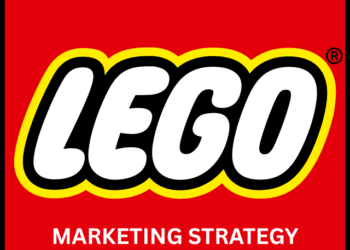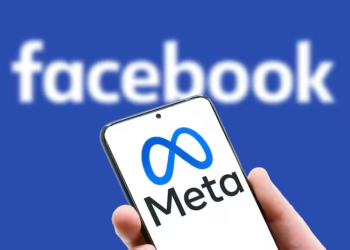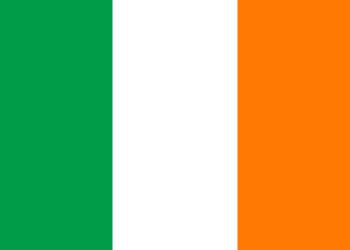LEGO’s Marketing Strategy: LEGO PESTLE and Porter’s Five Forces Analysis
- 16 March 2025
- Posted by: OAH
- Category: Business plans
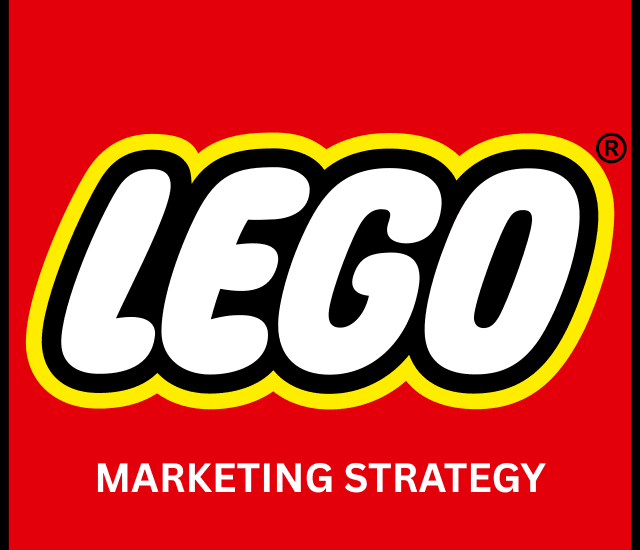
Understanding LEGO’s marketing strategy is essential to analyzing how the brand maintains its dominance in the global toy industry. Through a detailed LEGO PESTLE analysis, we explore the external factors shaping LEGO’s success, while the LEGO Porter’s Five Forces analysis provides insights into its competitive positioning. This report examines how LEGO does global marketing, focusing on its branding, pricing strategies, digital marketing efforts, and market expansion techniques. By evaluating these strategic frameworks, we gain a deeper understanding of how LEGO is successful in a highly competitive industry.
Executive Summary of Lego Toy Company:
Lego was founded by Ole Kirk Christiansen in 1932 and is headquartered in Germany. Its signature plastic brick was first produced in 1949. The company even filed a patent for its interlocking brick in the year 1958. The patent has long since expired, and the company did not apply for the renewal once it expired. After capturing the European market, the company opened its first LEGOLAND theme park in Billund. Programmable robotics named Mindstorms, launched by the company to cope with the rising usage of video games, was launched first in 1998. Since then, this line has greatly evolved with advancing technology.
The company has twice been honoured with the Toy of the Century award. Currently, the company has such a good position in the industry that even months of lockdown due to Covid’19 haven’t affected its position and positive net revenue.
In this report we have deep-dived into the marketing tactics used by the company for its survival over the years. Analysis of the shortcomings of the university and how the company overcame those will also be scrutinised. Furthermore, points will be highlighted on how the company should prepare to avoid any future mis-happenings and the ways by which the company can grow more profit.
Important NOTE: Do you want Assignment Help from us? Receive high-quality academic assistance at affordable prices. Contact us now!
Assignment Question:
For the Marketing Across Cultures module at the University of Hertfordshire, UK, analyze LEGO’s global marketing strategy using PESTLE and Porter’s Five Forces frameworks. Discuss how cultural factors influence LEGO’s branding, pricing, and market expansion strategies.
Table of Contents
About the Lego Company
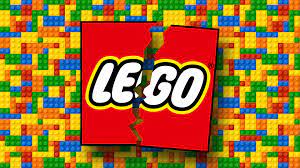
The Lego Group is a global enterprise that started way back in 1932 in Denmark by Ole Kirk Kristiansen. Since then, the company has come a long way from being a single wooden toy shop to becoming one of the world’s largest toy manufacturers. Its flagship product is a plastic brick that can be interlocked and assembled in multiple ways to create buildings, societies, vehicles, and even working robots. The company has twice been honoured with the Toy of the Century Award. They have analysed, learnt, and evolved with changing times. In the year 1956, the company first stepped outside Denmark to Germany, and since then their expansion and their efforts to reach worldwide haven’t stopped. By the early 1970s, they were selling in Sweden, Belgium, France, the United Kingdom, Germany, Switzerland, Lebanon, and the United States. They now have their stores in 14 countries, the majority of which are in Europe and North America. In addition to this, they have tapped 140-plus countries (Anon., 2021) with their presence via methods like e-commerce (Amazon, eBay, Lego.com) and distributor-led business models. The company also has its 9 LEGOLAND theme parks spread globally for consumers to enjoy.
The aim of this report is to gain a deep understanding of how Lego managed its marketing operations across different cultures and varied markets during its course of running. After which, based on careful analysis, a marketing plan for the next five years will be laid out using marketing theories, models, and concepts.
Review of LEGO’s capability and current product/service portfolio
Lego has launched Lego sets with different types of themes like Batman, Harry Potter, Jurassic Park, Marvel, and the list continues, containing thousands of assortments. It also launched a robotic line in 1999 named Mindstorms. Since then, this line has undergone various technical advancements and additions. Apart from its chief colourful plastic bricks, Lego has a lot more in its bag to offer that is merely not restricted to toys. They have widened their space in the market.
Lego has introduced video games like Indiana Jones, Lego Island, etc., and board games such as Creationary and Minotaurus to extend the product base that they are offering. Moreover, they are reaching audiences via movies (The Lego Movie—2014, The Lego Batman Movie—2017, etc.), television (Lego Masters in the UK that gained more than 2 million views each episode), and magazines (Star Wars). The company also has a line of clothing for kids up to age 12. The clothes are manufactured by a Danish company, Kabooki, under the license issued by the Lego company. Apart from these products, Lego first launched its LEGOLAND PARK in Billund in 1968, and since then, they have opened multiple LEGOLAND theme parks and LEGOLAND Discovery Centres worldwide to further add to the experience of the consumer.
The company faced a crisis in 2004 when their global sales went down by 29% (Hollow, 2017). Serious efforts were made to renovate the plans and establish a company with a focus on their core product—the brick (Paul J.H. Schoemaker, 2015). They embarked on the journey of rapid product diversification, and a whole new effort was put in to expand their consumer base. However, the production of different types of products in greater quantity led to higher production costs, which, in turn, added many shipping and logistics issues for the company. Despite the company’s efforts, they were failing in attracting new customers, which further added misery to their condition, as evident by their net profit over the years (Hollow, 2017) and as depicted in Figure 1.

Figure 1: Net profit for the Lego company from 2000 to 2007 (data extracted from Lego annual reports)
However, they overcame the challenge and learnt many things on their way. For starters, they really got to know their audience and what the audience wanted. (Green, 2013) They also ventured into new market areas, like introducing video games, Lego sets with more digitalisation, etc. Ultimately, they learnt to deliver the right product at the right time to the right place at the right cost.
The setback that the company faced earlier strengthened its roots, and the company did not face any significant loss due to Covid-19. As Niels Christiansen, chief executive, says (Anon., 2021), they have been focusing on e-commerce, product portfolio, and their brand, which paid off for the company and is evident by their increase in revenue by 7% in the first half of 2020.
Also Read Impact of Brand Awareness on Consumer Behavior – Business Research Methods: Research Proposal Sample
Analysis of the market/environment opportunities and characteristics
Microenvironment
Microenvironment constitutes factors that are close to the company and that affect its ability to serve customers. One of the most important things about the Lego Group concerning microenvironment is that, in the eyes of consumers, it is viewed as a quality-orientated, strong brand, as also suggested by Hatch (2005). Its flagship product has a unique selling point—that it boosts the creative imagination of the individual. The company not only offers Lego sets but also board games, video games, movies, magazines, clothing, etc. It has a wide range of products for a spectrum of age groups that also helps the company in a way that consumers feel a long bond with the company’s product. It also has a very colourful and easy-to-navigate website that consumers can use to order products from.
Internal organisational environment:
It refers to the various departments of the company, like manufacturing, top management, accounting, research, and development, etc. Each department is crucial when it comes to marketing, and hence each department should work together hand in hand. For instance, top management is responsible for granting permissions, finance is responsible for the budget, and so on and so forth. Therefore, the working of each department affects the working of the marketing department.
Due to a lack of internal coordination within the organisation, it had to face a production overflow problem that occurred in the year 2004. The root cause of this issue was the whopping number of suppliers, around 11,000, that the company was using. Over the years, everybody in the company had their own favourite supplier, which resulted in favouritism, and the lack of procurement compliance procedures within the company aggravated the situation. (Hollow, 2017) This resulted in huge production loss and forced the company to sell toys at up to 60% discount.
Marketing channel:
Lego utilises both traditional and modern marketing channels. Earlier it used to rely on in-store campaigning, magazine commercials, etc. But now the company has made a huge shift towards online marketing and online customer engagement. Digital marketing is now an integral aspect for the company. They even engage their customer base to submit design ideas from which they select 4 designs and move forward with production. The customer whose idea gets selected receives a 1% cut from sales along with licensing revenue from the product. (LEGO, 2021)
Porter’s five forces for Lego Company:
This model was presented by Michael E. Porter in Harvard Business Review in the year 1979 (Porter, 1979), which helps determine the forces governing competition for any industry. The information received after analysis of Porter’s model can be used by strategic planners to make informed and strategic decisions.
- Threat of new entrants: The Lego, owing to the way it operates, will have to have huge investments to compete with Lego’s quality, which makes it difficult for other companies to enter this market. Thus, the company possesses very little threat from new entrants. The fact that the company has been around for quite some time and has not faced any colossal threat from any new entrants justifies the fact that Lego possesses less threat from new entrants.
- Bargaining power of customers: Buyers have fewer options to choose from, and therefore they do not possess control of prices. The quality of the product that Lego offers is important to buyers; therefore, in the battle of price vs. quality, the buyers tend to choose quality, which further reduces their bargaining power over price. Despite these factors, to expand the customer base, the company keeps reasonable prices for its products.
- Bargaining power of suppliers: The industry in which Lego operates has a lot of options of suppliers, because of which Lego can have multiple suppliers and can easily switch suppliers. The company is an important customer for suppliers, which implies that the profit of suppliers is directly related to that of the industry. This in turn forces suppliers to not charge a hefty price. Thereby, the bargaining power of suppliers is a weaker force in this industry.
- Threat of substitute products or services: Lego has a greater threat when it comes to substitutes, as it can easily lose its client to video games, extracurricular activities, online games, sports, television series, movies, etc. Although the company has always evolved its product with digitalisation to keep up with the changing trends, like introducing Lego Mindstorms, video games, etc., it still faces the threat of substitutes.
- Competitive rivalry: The competitive rivalry that Lego faces is not a big threat for Lego. The competitors are fewer in number when it comes to the toy industry, out of which the majority are large companies. Any move made by a large company will not go unnoticed, and therefore it is not a greater threat. However, these companies will fight with each other for a stronger hold in the market, and thereby it will pose a threat to Lego.
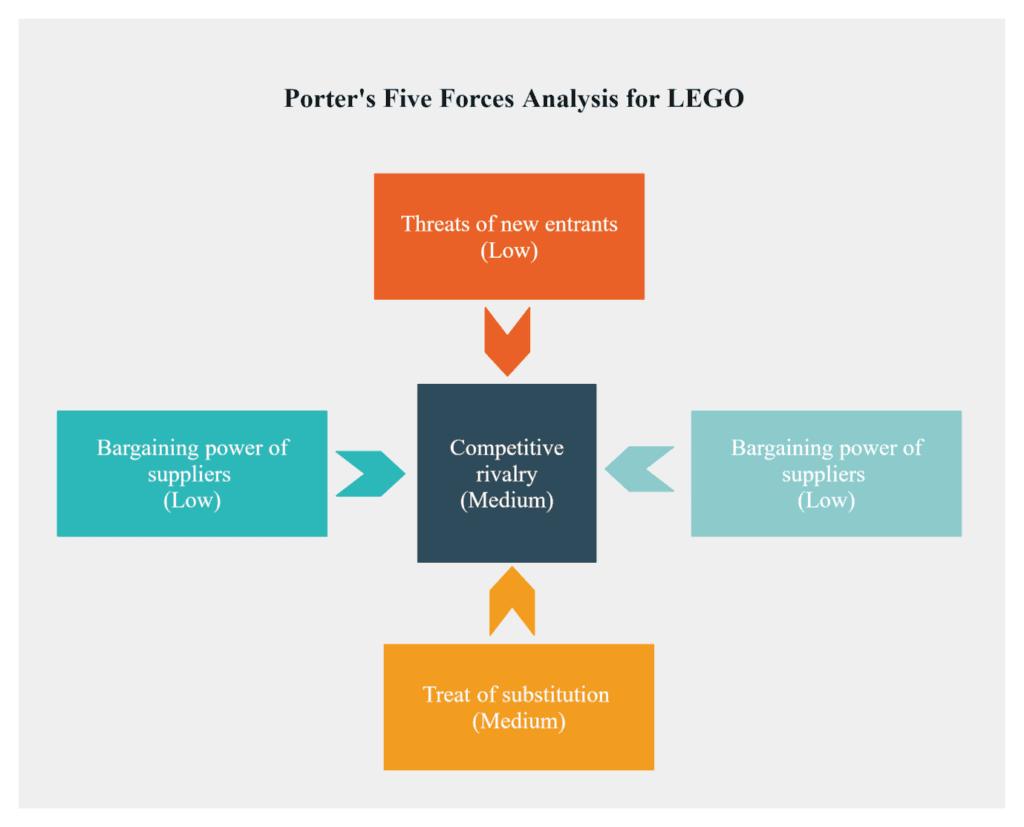
Figure 2: Porter’s Five forces analysis for Lego Company
The summary of the five forces of the Porter is depicted in Figure 2.
Competitor analysis
Lego is the most valuable brand, but that does not imply that the company does not face competition from other top brands. Lego faces competition from companies like Bandai Namco (Takken, Pac-Man), Fisher-Price (Power Wheels, Dora), Nerf, Barbie, etc. A detailed analysis of brand value is shown in figure 3. As supported by numbers, Lego is presently the top brand in its industry.
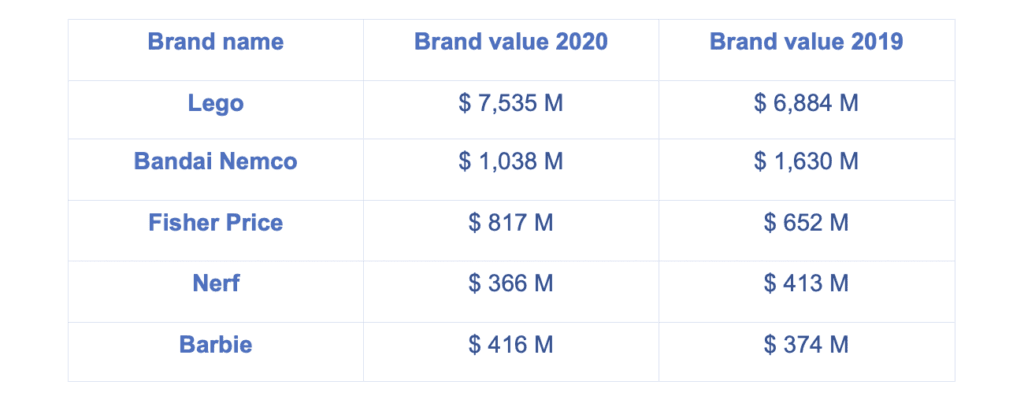
Figure 3: Brand value analysis of Lego with its competitors (data extracted from multiple annual reports)
Macroenvironment
As stated by Kotler (2005), the macroenvironment is the bigger social-enforcing factor that affects microenvironmental aspects. For instance, economic, political, technological, natural forces, etc.
PESTLE Analysis for Lego Company
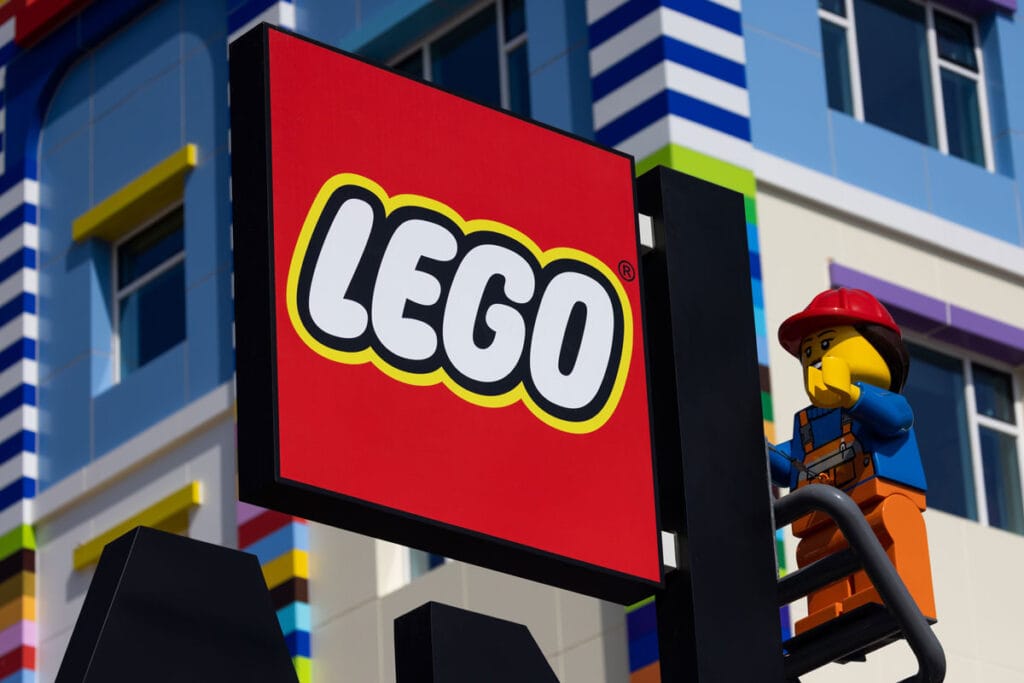
- Socio-cultural factors: The company has the ideology of learning through play, which empowers children and motivates parents to buy toys that amplify the imagination and creativity skills of their kids. The Lego Group has donated UNICEF resources to put them into use with children’s welfare ventures, thereby showing their sincerity towards kids, as toys are directly associated with them.
- Environmental factors: Lego has carried out many CSR activities and is putting in great efforts to reduce their carbon footprint. The Lego Group also achieved their 100% renewable energy targets in 2017. Their next target is to eliminate the usage of single-use plastic in packaging by 2025 (Lego, 2021). Although they did face a public relations crisis when Greenpeace dragged them into the protests that they were doing to oppose the Arctic drilling done by the Shell Company in early 2014. But the company stood its ground and issued the statement saying that they operate in a responsible manner and Greenpeace and Shell Company should resolve this matter between them and that they are saddened by the fact their name was dragged into this (Olsen, 2015).
Discussion/analysis and evaluation of the marketing strategies and tactics used by Lego
Lego has adopted a growth strategy based on a number of factors. They are aiming to increase their market share in the United States and in Eastern Europe, where there is a lot of potential. Porter’s five forces are also used to evaluate and strategise marketing tactics. A few of their tactics are described below in detail:
Market selection:
Lego has identified kids from the age of 1 to 15 years as their targeted audience. Although, the company also enjoys many customers from grown-ups. As a result of which, the company has brought special products categorised according to age groups. For example, for kids less than 3 years old, the Lego sets are simpler and more educational. The complexity of the Lego set increases with age by adding a number of pieces or including motorisation in the sets (Christoph Bartneck, 2018).
Now this segmentation of the audience is uniform across the world, be it Europe or Asia. This is evident from the analysis conducted by the company before entering the China market. They found out that the children from China were interacting and reacting to their toys in the same way as around anywhere in the world. So, no special adaptation requirement arose.
Mode of market entry
Lego entered various geographical markets by selling its product online via e-commerce (Amazon, Lego.com). It has tie-ups with numerous delivery providers to provide timely deliveries to customers.
Lego also entered the market by setting up their stores in that country. Then consumers can directly purchase from the stores. Lego uses this entry type for the country China.
It also penetrates some markets via licensing, where they sell to wholesalers who then sell their products to retailers situated across the country. This company entered India using this method by partnering with Funskool in 2014.
Marketing mix
- Promotion:
Lego utilises numerous media channels to promote its products. Be it traditional media like television and radio or online advertising. The company has identified the potential of online advertising and actively uses it to engage the consumer. They conduct various promotional contests around the events like Christmas, etc. As part of promotional activities, My Lego Network was launched online, where consumers can earn ranks, badges, and blueprints after completing assigned tasks. It also participates in various sales promotions by advertising in crucial events around the year.
- Price:
The company decides the cost of Lego sets based on numerous factors like the number of pieces in that set, the cost of licensing characters from other brands, the price of the competitor, etc. Since a lot of precision and high-quality material goes into making them, prices for Lego sets are generally on the higher side. David Oliver (2007) argues that Lego was left behind by its other competitors in 2004 due to its supply concentration problem. Oliver also puts forward that due to its expensive craftsmanship and disregard for the cost of innovation, the company neglected the huge production costs and price of the products involved, and their strategy was unsustainable. But despite the mid-premium pricing policy, customers repeat their purchases as their products provide value to the consumers.
Recommendations
Learning from mistakes is the most important aspect for growth. Then why limit learning from mistakes when we can easily learn from everything that is happening around us? Based on the detailed study and analysis, the following are the recommendations that Lego can adopt over the next five years:
Logistics management:
Lego should enforce contingency measures to reduce losses in stock and employees (Sam Barclay, 2014). A clear set of service deal agreements and contracts must be set up so that the 2004 crisis does not strike again. (Cooke, 2009). Between the alliance of the supplier and the company, a proper communication system must be in place that both parties agree to.
The most important factor that should be emphasised is that Lego should enforce a performance evaluation framework for their suppliers so that their operations could be regularly monitored. This will highlight red flags well in time, and any catastrophe could be avoided.
Attracting female gender towards their product
80% of the consumers of Lego are male. The company has tried many efforts to attract female buyers to purchase their product. However, no significant or very little increase was witnessed. As Tilo Hartmann (2006) analysed after research, fewer women play video games due to their violent nature and due to personality factors. However, Lego bricks are not violent in nature. So, what is stopping women buyers from making the purchase?
Lego should increase female figurines doing adventures rather than just making them cook or sit at home. Despite the few critiques criticising the move when the Friends figurines were launched, it showed positive figures. This implies that female gender-based toys are indeed accepted by females around. We all know that Lego has tie-ups with Batman, Marvel, etc. I suggest that they should launch Lego sets with female-centric characters like Wonder Woman, Black Widow, etc.
Entering new markets
The biggest markets out there are China, India, and the United States. Lego has its hold over the US market and is now successfully running ventures to tap into the market of China. Then why must Lego not gain profit from India?
Lego sells their products via licensing in India under an agreement signed with Funskool in 2014. However, this is not enough when it comes to the potential to gain from the Indian market. International exposure is a must to gain secure long-term growth. We can look at Hamleys as an example; they entered India in 2010 with a collaboration with Reliance and with just one store. Now, they are operating with 100-plus stores spread across various cities in India (Bailay, 2019). A bit of personalised Lego sets, launching stores, and proper marketing and advertisement will go a long way and will surely be beneficial from a company’s point of view.
Handling counterfeit products
With globalisation comes the challenge of handling counterfeit products. Counterfeiting is a criminal offence. The circulation of counterfeited products damages both the company’s reputation and revenue. In 2019, (BBC, 2019) Chinese police caught a gang indicted for manufacturing and selling Lego’s counterfeited products worth 23 million. Figure 4 shows the image that the accused were using for manufacturing.

Figure 4: Comparison between counterfeited (Left) and original (Right) Star Wars Lego set (image source: bcc and bricksandblocks)
Efforts like educating employees, creating brand guidelines, and cooperation from all stakeholders and all the efforts will be required to combat this threat. It diverts the company’s revenue when instead it’s the company’s products that could have been purchased if counterfeit products were not there in the market. Also, since the quality of counterfeited products is low, it also affects a consumer’s attitude towards the brand if he is unaware. Therefore, consumers should also be educated via social media about the key identifying factors of their product.
Conclusion
The Lego company has been around since 1932 and has had its own share of ups and downs, but the reason the company has thrived is because it has evolved with changing times. Lego is one of the best marketers in the world, yet even they cannot always predict consumer behaviour.
They have identified their consumer base, studied them, and are utilising that knowledge to the maximum. The first step to marketing is to know whom to market for, and Lego has learnt this from their mistake. It’s not only the consumers but the overall functioning of the company that also matters for profits to pour in, and this Lego has learnt after the 2004 crisis.
It has committed some mistakes, yes, but learnt from them and devised ways to combat those situations. We have summarised the marketing tactics used by the company over the years and then later, with our own understanding and analysis, recommended the company with product and market recommendations.
References
Anon., 2021. LEGO – About Us. [Online]
Available at: https://www.lego.com/en-us/aboutus
Anon., 2021. Lego defies toy sector gloom as sales and profits rise. [Online]
Available at: https://www.ft.com/content/57516281-3522-47a9-ae99-caaa049f490a
Bailay, R., 2019. Reliance opens 100th Hamleys store in India. [Online]
Available at: https://economictimes.indiatimes.com/industry/services/retail/reliance-opens-100th-hamleys-store-in-india/articleshow/70497927.cms?from=mdr#:~:text=Synopsis,100%20stores%20in%2036%20cities.
bbc, 2019. ‘Fake Lego gang’ dismantled in $30m Chinese raid. [Online]
Available at: https://www.bbc.com/news/world-asia-48076505
Christoph Bartneck, E. M., 2018. LEGO products have become more complex. PLOS ONE.
Cooke, J. A., 2009. LEGO’s game-changing move. [Online]
Available at: https://www.supplychainquarterly.com/articles/277-lego-s-game-changing-move
David Oliver, C. J., 2007. Developing guiding principles: an organizational learning perspective. Journal of Organizational Change Management.
Green, K. a., 2013. Lego. In: Global marketing, seventh edition. s.l.:Pearson, p. 497.
Hatch, M. S. a. M. J., 2005. Corporate branding. In: Brand Culture. s.l.:s.n., pp. 14-29.
Hollow, M., 2017. Going Back to Basics: How Lego Utilized Risk Management to Return to Profitability. SAGE Publications: SAGE Business Cases Originals.
Kotler, W. S. a. A., 2005. Principles of Marketing. MFSA Journal of Marketing.
LEGO, 2021. Ideas of LEGO. [Online]
Available at: https://ideas.lego.com/howitworks
Lego, 2021. Lego: Sustainability. [Online]
Available at: https://www.lego.com/en-us/aboutus/sustainability/
Olsen, P. E., 2015. Save the Whales? A Public Relations Crisis at Lego.. Journal of Critical Incidents, Volume 8.
Paul J.H. Schoemaker, S. K., 2015. Overcoming barriers to integrating strategy and leadership. Emerald Group Publishing Limited.
Porter, M. E., 1979. How Competitive Forces Shape Strategy. Harvard Business Review.
Sam Barclay, A. D., 2014. Lego & DHL: The Logistics nightmare.
Tilo Hartmann, C. K., 2006. Gender and Computer Games: Exploring Female’s Dislikes. Journal of Computer-Mediated Communication.



